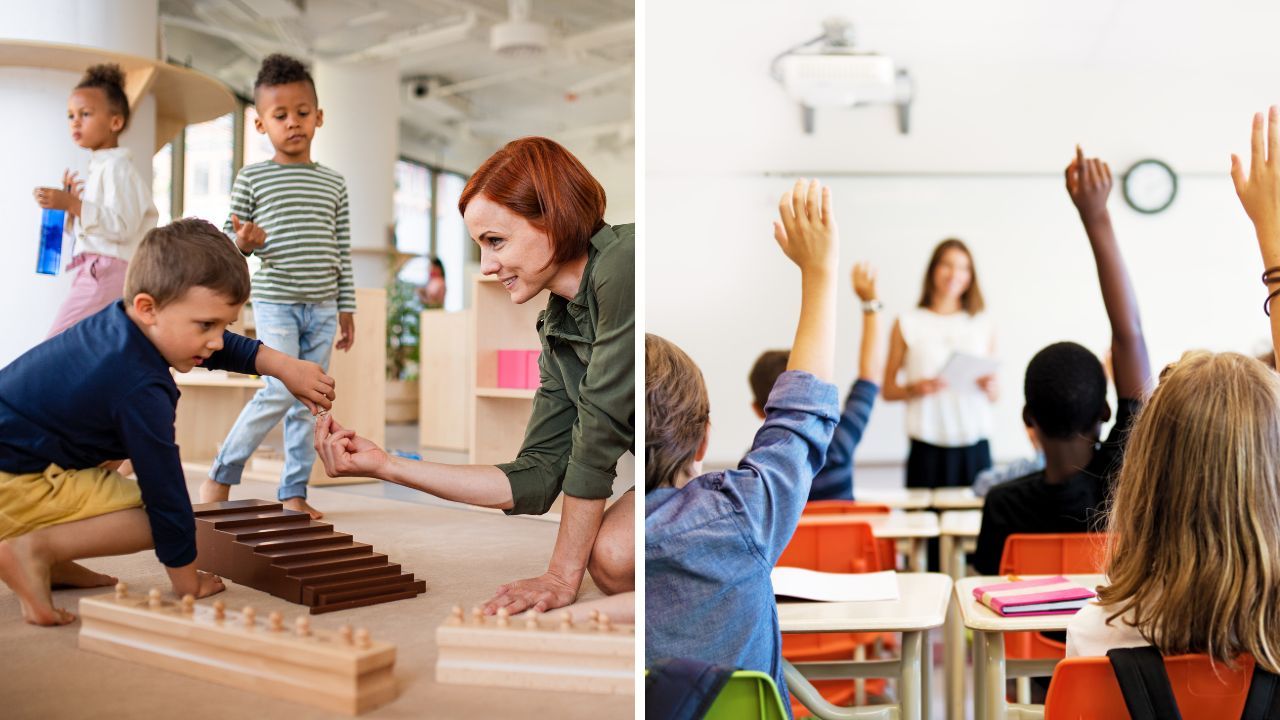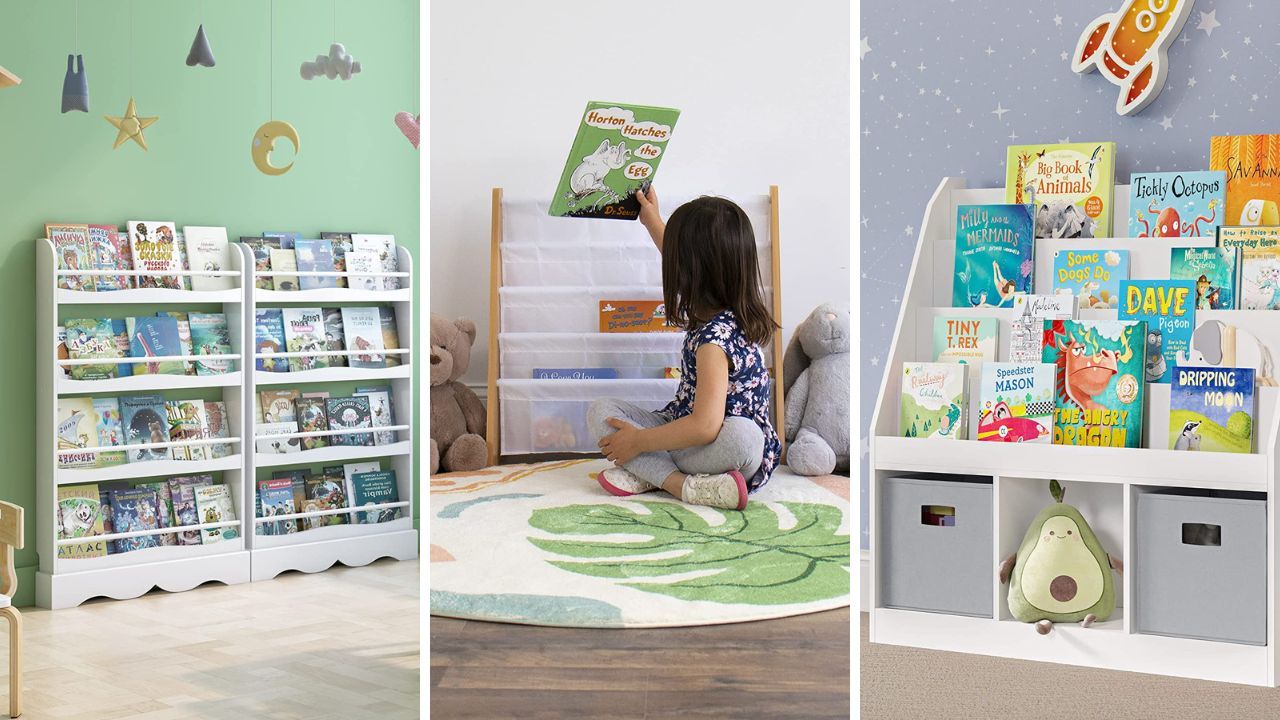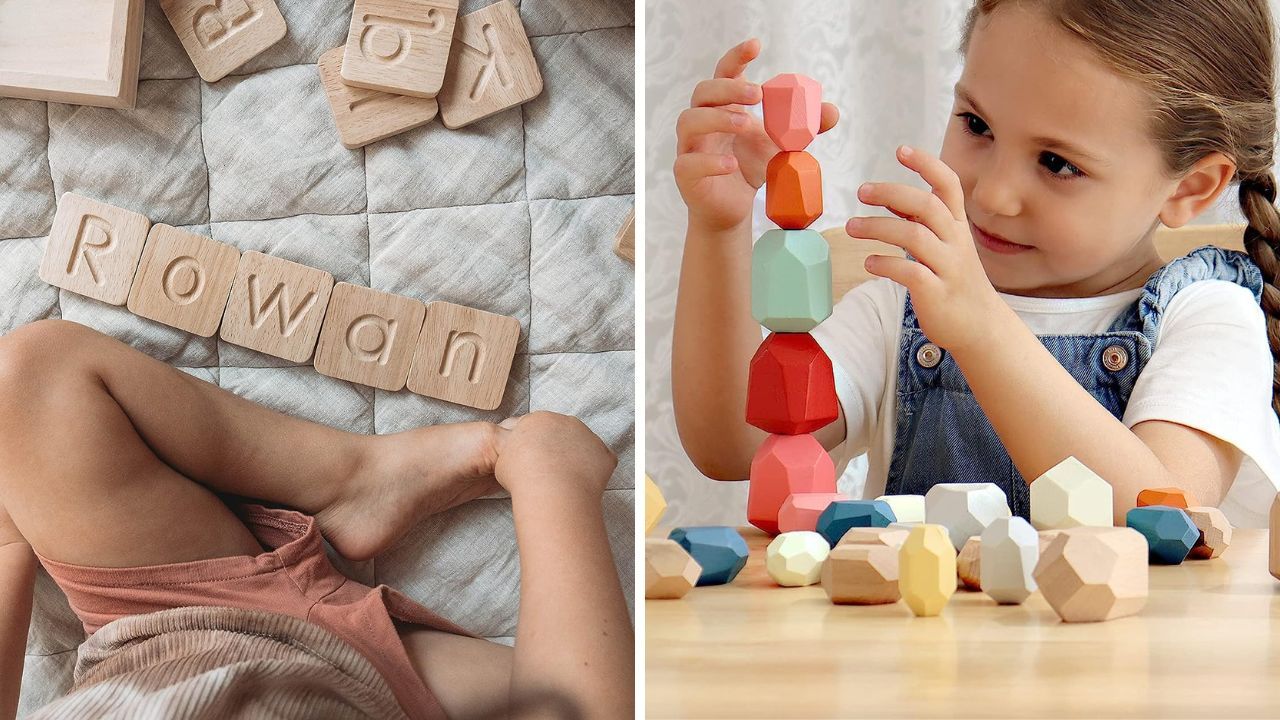
Waldorf vs Montessori | Creativity Meets Practicality
Waldorf vs Montessori: Which educational journey suits your child best? Read our expert comparison for insightful answers!
In the ever-evolving landscape of education, finding the perfect nurturing ground for your child's growth is pivotal.
Let's embark on a journey to unravel the distinctive qualities of Waldorf and Montessori methods, helping you make an informed decision that aligns with your child's unique needs and learning style.
In today's dynamic world, the choices we make about our children's education have a profound impact on their future.
Both Waldorf and Montessori are private schools renowned for their educational approaches and have been guiding children on their paths to knowledge for generations.
Choosing between these philosophies might seem daunting, but fear not; we're here to shed light on their core principles and help you understand what sets them apart.
Remember, this decision isn't just about schooling; it's about fostering a learning environment, where your child thrives, explores, and embraces the joy of learning.
Instant Insight
Understanding Waldorf and Montessori Education
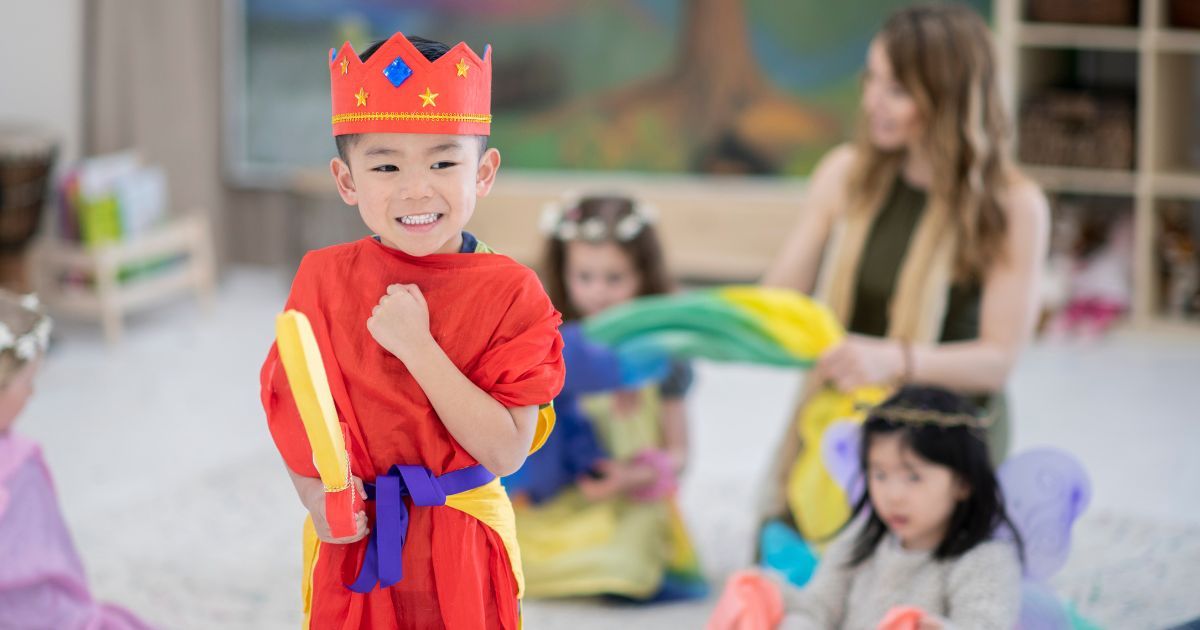
Waldorf Education: Embracing Creativity and Holistic Learning
Waldorf education, rooted in the teachings of Austrian philosopher Rudolf Steiner, is a holistic approach that cherishes creativity, imagination, and experiential learning.
Imagine a classroom where artistic expression is as valued as academic achievement, where it encourages children to delve into subjects through painting, music, and storytelling.
This holistic approach nurtures not just the mind but also the soul, creating well-rounded individuals ready to take on the world.
In Waldorf classrooms, you'll find a tapestry of imagination woven into everyday lessons.
The Waldorf philosophy believes that education should address the whole child - their intellect, artistic abilities, and practical skills.
By embracing the natural stages of a child's development, Waldorf education provides an environment where children can truly be themselves, fostering self-confidence and a love for learning.
Montessori Education: Individualized Learning and Practical Skills
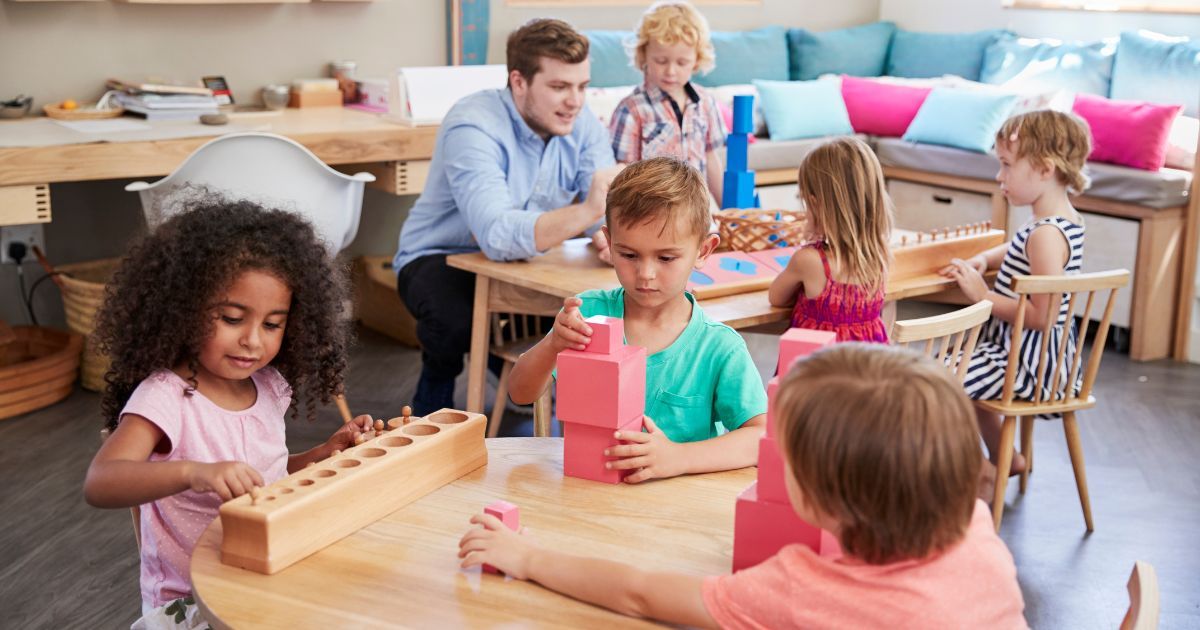
Now, let's shift our focus to Montessori education, a method founded by Italian physician Maria Montessori. Montessori classrooms are vibrant spaces where children engage in self-directed learning, guided by their natural curiosity.
Here, the Montessori "teacher" emphasis is on individualized instruction and hands-on exploration, allowing each child to progress at their own pace.
Whether it's mastering math concepts with beads or exploring language through tactile materials, Montessori education nurtures a deep understanding of abstract concepts through concrete, hands-on experiences.
At the heart of Montessori education lies the belief that every child is unique, possessing an innate desire to learn.
Now that we have laid the foundation, it's time to delve deeper into the core differences between Waldorf and Montessori education methods.
Core Differences Between Waldorf and Montessori
Let’s dive deeper into the very essence of Waldorf and Montessori education - their core differences that shape the learning experiences for your child.
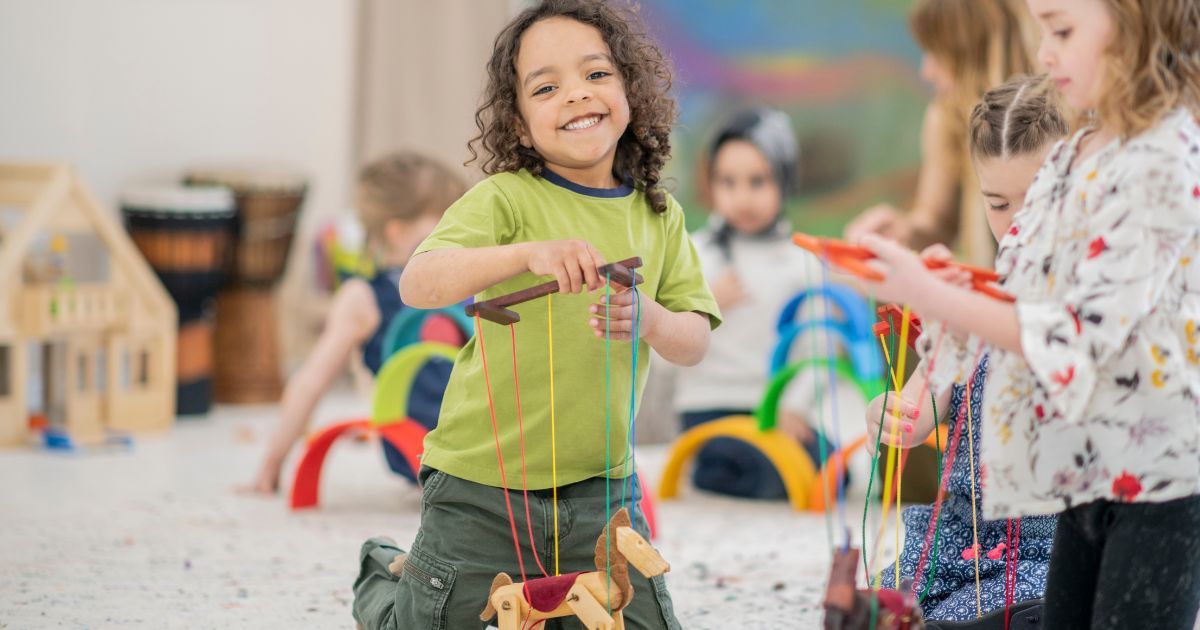
Teaching Approaches and Philosophies
Imagine a classroom where the boundaries between subjects blur, where math and music dance together, and science and art are intertwined.
This is the essence of Waldorf’s holistic teaching approach.
Rooted in the philosophy of nurturing the whole child, Waldorf education fosters a deep sense of connection between different fields of knowledge.
Montessori, on the other hand, believes in the power of hands-on, practical learning.
Picture a child mastering complex mathematical concepts not just through a textbook but by actually manipulating tangible objects.
Through practical tasks like pouring water, counting beads, or arranging puzzle pieces, children develop not just academic skills but also essential life skills, enhancing their problem-solving abilities and nurturing a love for learning.
Classroom Structures and Age Groups
Older children naturally become role models, fostering a supportive and nurturing environment where learning happens collaboratively.
On the flip side, Waldorf classrooms usually consist of same-age peers.
This arrangement allows for focused, age-appropriate activities and personalized attention tailored to the developmental stage of each child.
In Montessori environments, younger children learn from observing and interacting with their older peers, while older children reinforce their knowledge by teaching and guiding the younger ones.
This natural interaction creates a nurturing atmosphere where empathy, leadership, and a deep sense of community flourish.
Role of Technology and Pretend Play
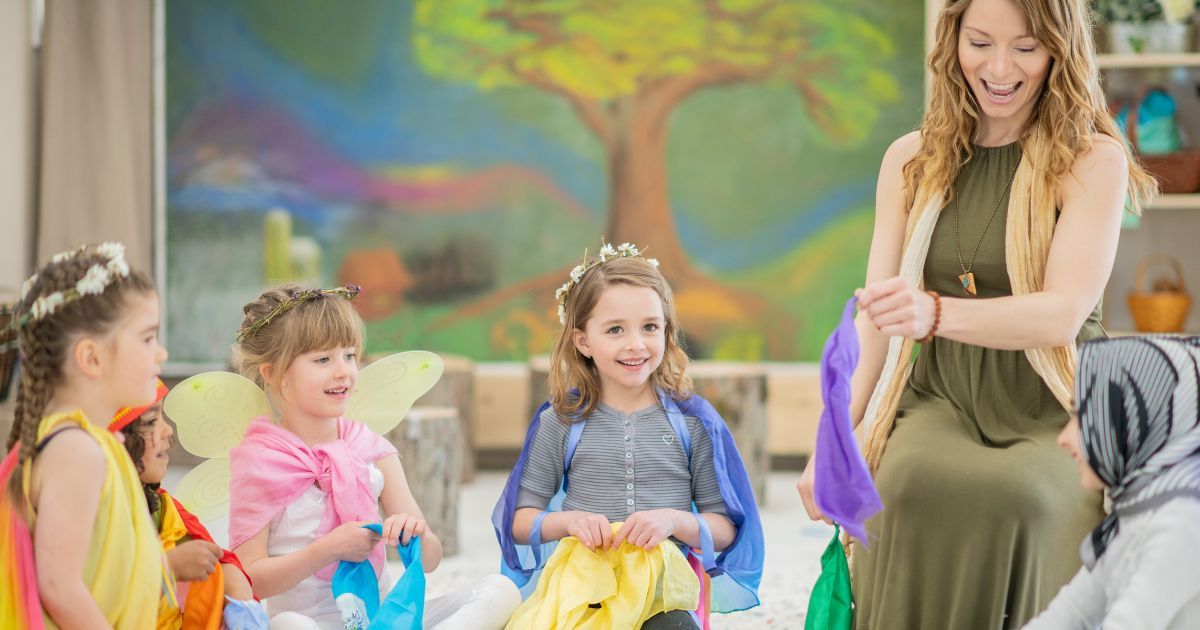
In the age of smartphones and tablets, Waldorf classrooms stand out as tech-free sanctuaries.
Here, the focus is on genuine, hands-on experiences rather than screen time.
Creative play takes center stage, encouraging children to explore their imagination through art, storytelling, and dramatic play.
This intentional avoidance of technology aims to preserve childhood’s natural rhythm, allowing children to engage with the world at their own pace and in their creative ways.
- Montessori schools focus on imaginative play just as highly, but in a different context.
- Pretend play isn’t just about donning costumes and playing make-believe; it’s a crucial aspect of child development.
- Through pretend play, children explore social roles, understand emotions, and learn essential life skills.
In Montessori, you’ll find carefully curated pretend play activities that mimic real-life scenarios, encouraging children to express themselves, negotiate with peers, and understand the complexities of the adult world in a safe and supportive environment.
Similarities Between Waldorf and Montessori
Despite their fundamental differences, Waldorf and Montessori share striking similarities that underscore their effectiveness in nurturing young minds.
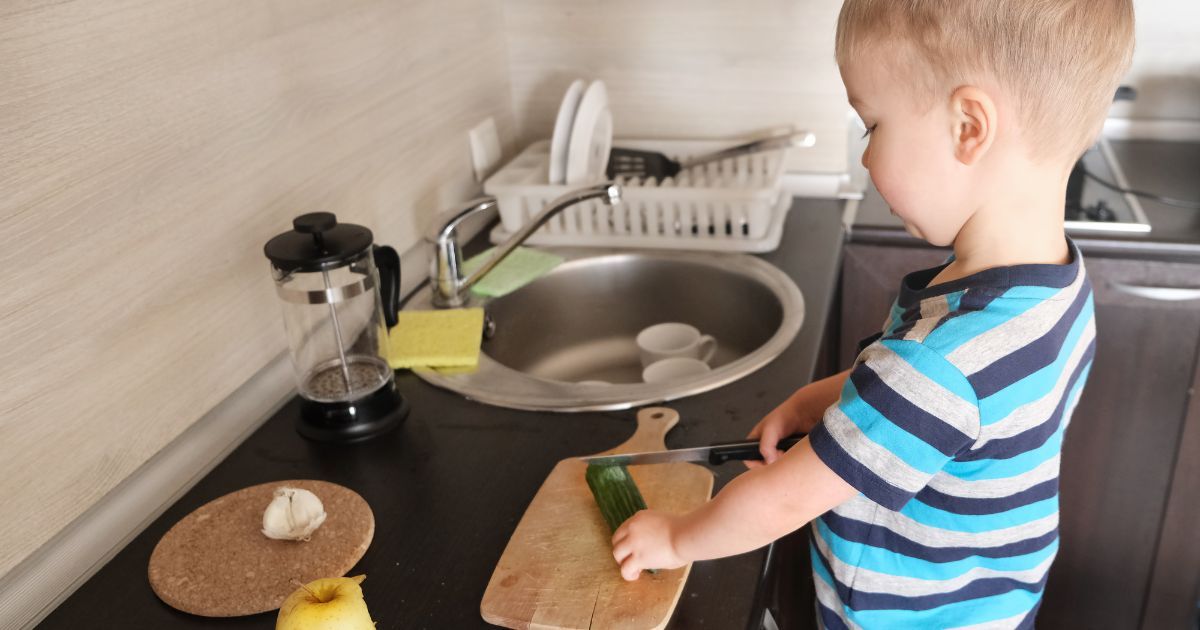
Focus on Nature and Creativity
Both Waldorf and Montessori embrace the natural world as an essential classroom.
Imaginative play, whether in a Waldorf art corner or a Montessori practical life activity, holds profound educational value.
When children pretend, they’re not just having fun; they're developing language skills, social understanding, and emotional intelligence.
Through imaginative play, they learn to think critically, solve problems, and navigate complex social situations, all vital skills that will serve them well in their future endeavors.
Individualized Instruction and Student-Centered Learning
In both Waldorf and Montessori settings, individuality is celebrated.
This individualized approach ensures that no child is left behind, and each one receives the support they need to thrive academically and personally.
Imagine a child who isn’t just a passive learner but an active participant in their education journey. Both Waldorf and Montessori empower students to take control of their learning.
In these environments, children aren’t just taught; they learn to teach themselves, becoming independent thinkers and lifelong learners. This ownership fosters a sense of responsibility, curiosity, and a genuine passion for discovering the world.
Choosing Between Waldorf and Montessori: Decision-Making Factors
Now that you have a profound understanding of Waldorf and Montessori education, the time has come to consider the unique needs and learning styles of your little one.
Here’s your compass for navigating this decision-making journey.
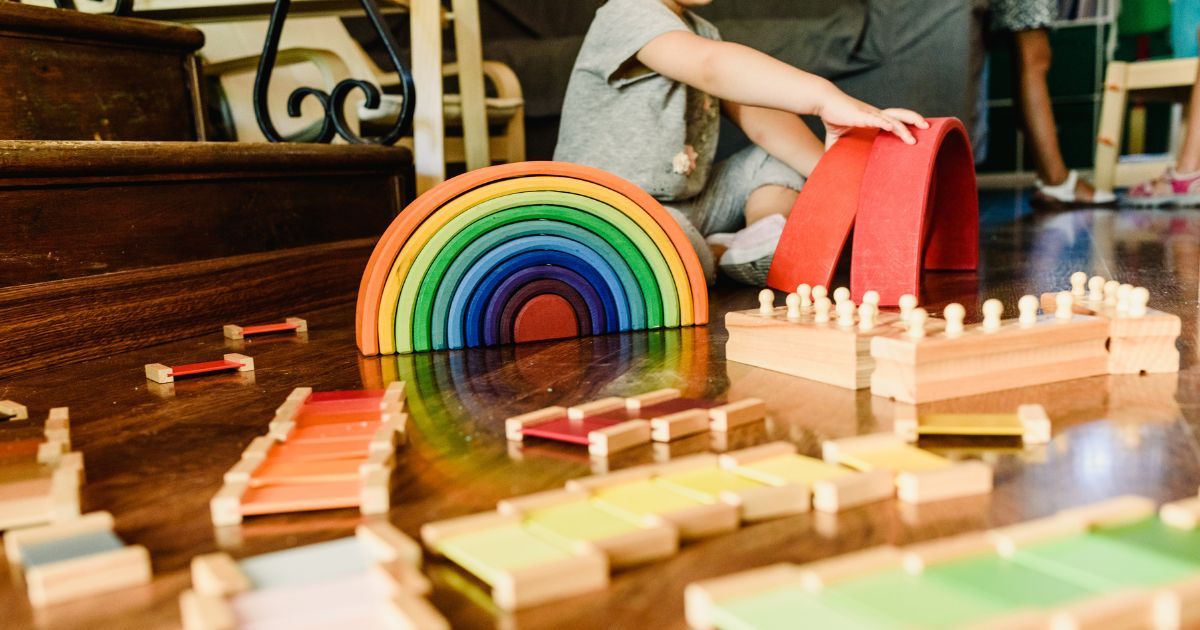
Considering Your Child’s Needs and Learning Style
Think about your child's daily adventures.
Are they always crafting imaginative stories, or do they prefer exploring the world through hands-on experiments?
In contrast, a curious explorer who loves experimenting might find their home in the structured yet flexible world of Montessori.
Consider how your child learns best.
Does your child flourish in an environment where creativity knows no bounds?
Waldorf’s artistic approach might be the answer. Alternatively, if your child thrives on self-discovery and hands-on experiences, the Montessori method might be the key to unlocking their full potential.
Exploring School Programs and Curriculum
Take a virtual tour through the academic landscape of both methods.
Investigate the curriculum of Waldorf, where subjects are intertwined into a rich tapestry and artistic expression is as valued as academic prowess.
Contrast this with the more structured curriculum, yet the self-paced approach of a Montessori school, where every material has a purpose in nurturing essential life skills alongside academic knowledge.
Imagine your child’s day in each environment.
Visualize them in a Waldorf circle, absorbing knowledge through storytelling and creative play.
Then, see them in a Montessori classroom, exploring math with tactile materials and diving deep into language through phonetic exercises. Which vision aligns more with your dreams for their educational journey?
Understanding the Pros and Cons
Let’s weigh the pros and cons.
- Waldorf’s holistic approach fosters a love for learning and encourages creativity but might be less structured.
- On the other hand, Montessori’s hands-on learning develops practical life skills but might be perceived as less focused on artistic expression.
Consider these factors in the context of your child’s needs and your family’s values.
Real-Life Testimonials and Experiences from Parents and Students
These sources provide personal experiences and insights into many Montessori schools and Waldorf schools from parents and students.
Montessori:
- Montessori Answers: My experiences with Waldorf
- Montessori in Real Life: The Power of (a Child's) Observation
Waldorf:
- Business Insider: I Was Skeptical About My Son's Waldorf School but Found Benefits
- YouTube: Parent testimonials | Swechha Waldorf inspired school
- Reddit: Waldorf schools? Do these kids do well in life after Waldorf?
Comparison:
Frequently Asked Questions
Which is better Waldorf vs Montessori?
The choice between Waldorf and Montessori depends on your child's learning preferences. Waldorf emphasizes creativity, while Montessori focuses on hands-on learning; consider which approach aligns best with your child's needs and interests.
What is the downside of Waldorf?
Some parents find the lack of structured academics in Waldorf education a drawback. The emphasis on creativity might not suit children who thrive in more traditional, structured learning environments.
Why Waldorf education is the best?
Waldorf education is valued for its holistic approach, nurturing creativity and imagination. Many believe its focus on well-rounded development and fostering a lifelong love for learning makes it the best choice for their child's education.
How is a Waldorf school different?
Waldorf schools prioritize the teaching of artistic and practical skills, such as music, art, and cooking, over traditional academic subjects found in early childhood classrooms. They also place a strong emphasis on nature, outdoor activities, and environmental education.
Final Thoughts
You've navigated the intricate paths of Waldorf and Montessori education, understanding their unique offerings and contemplating their fit for your child.
As you stand at this crossroads, remember that this decision is as much about your child's future as it is about their present happiness.
Reflect on the core differences we explored - from Waldorf’s artistic embrace to Montessori’s practical focus.
Remember the shared commitment to nature, creativity, critical thinking, and personalized learning. These philosophies, though distinct, share the common goal of nurturing lifelong learners.
Before you make your final decision, step into a Montessori or Waldorf school:
- Observe the teachers igniting the spark of curiosity in the children’s eyes.
- Feel the vibrant energy of creative expression and hands-on learning.
- Engage with the educators, ask questions, and let your intuition guide you.
- Visit Montessori and Waldorf schools, not as an outsider, but as a parent envisioning your child's future.
Ultimately, the right choice isn’t universal; it’s personal. It’s about aligning the educational philosophy with your child’s unique needs and your family’s values. Trust your instincts, and remember, this decision is a testament to your commitment to nurturing your child's potential and happiness.
Additional Resources
For the knowledge-hungry souls, we’ve curated a list of reputable resources.
Delve deeper into the philosophies, explore success stories, and enrich your understanding of both Montessori and Waldorf education.
Here is a list of sources for learning more about Montessori Education:
- American Montessori Society: Montessori Resources for Schools, Teachers, Families, and Parents
- Montessori Education Resources for Parents and Families
- Montessori Resources
- Recommended Montessori Resources: The Best of 2022
- Best Resources for Quality Information About Montessori Education
- Where Can I Go to Learn About Montessori Education?
Here is a list of resources for learning more about Waldorf Education:
- Waldorf Education - American Montessori Society
- Waldorf Resources - Waldorf Education
- Waldorf Teacher Resources
- FREE RESOURCES - Waldorf Curriculum
- Additional Resources - The Westside Waldorf School
- Waldorf Education Planning Resources You'll Use Every Year - A Waldorf Journey
Before You Go...
